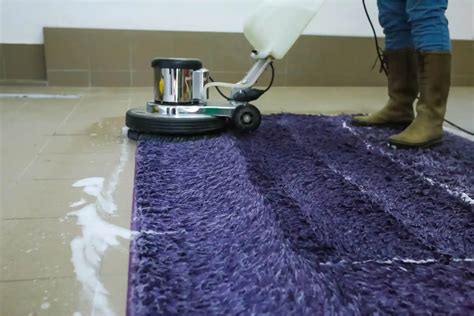Drying Carpet: The Essentials for a Clean and Healthy Home
A damp carpet is more than just an inconvenience; it's a breeding ground for mold, mildew, and unpleasant odors. Understanding how to properly dry your carpet after cleaning or a spill is crucial for maintaining a clean, healthy, and comfortable home. This comprehensive guide will walk you through the essential steps, addressing common concerns and providing expert tips for effective carpet drying.
Why is Proper Carpet Drying So Important?
Ignoring a wet carpet can lead to a cascade of problems. The most significant risks include:
- Mold and Mildew Growth: Moisture provides the perfect environment for these harmful fungi to thrive, potentially causing respiratory issues and allergic reactions.
- Unpleasant Odors: Damp carpets retain unpleasant smells, making your home less inviting. The smell itself can be a symptom of underlying mold or bacterial growth.
- Carpet Damage: Prolonged exposure to moisture can cause the carpet fibers to rot, weaken, and become permanently stained. The carpet backing can also deteriorate, leading to premature wear and tear.
- Structural Damage: Extensive water damage can seep into the subfloor, causing warping, rotting, and even structural damage to your home.
How Long Does it Take to Dry a Carpet?
The drying time for a carpet depends on several factors:
- Amount of Water: A heavily saturated carpet will obviously take longer to dry than one with minor dampness.
- Type of Carpet: Thick, plush carpets retain more moisture than thin carpets. Natural fibers (like wool) may also dry more slowly.
- Ambient Conditions: Temperature, humidity, and airflow significantly impact drying time. Higher temperatures and lower humidity accelerate the drying process.
- Drying Methods Used: Employing multiple drying techniques can significantly reduce drying time.
Generally, a well-ventilated room with proper drying techniques can dry a moderately damp carpet within 12-24 hours. However, heavily saturated carpets may require several days to completely dry.
What are the Best Methods for Drying a Carpet?
Several methods can be employed, either individually or in combination, to effectively dry a carpet:
1. Air Circulation:
This is the foundation of any carpet drying strategy. Open windows and doors to maximize airflow. Use fans (both floor and ceiling fans) to circulate air over the wet area. Point fans directly at the carpet to expedite the drying process.
2. Dehumidifiers:
Dehumidifiers are particularly effective in high-humidity environments. They remove moisture from the air, accelerating the evaporation process and preventing mold growth.
3. Absorbent Materials:
Immediately after a spill or cleaning, blot up excess water using absorbent towels, cloths, or even paper towels. Consider using specialized carpet cleaning absorbent pads for more efficient moisture removal.
4. Commercial Carpet Dryers:
For large areas or significant water damage, commercial-grade carpet dryers are the most effective solution. These powerful machines use airflow to quickly remove moisture. (Note: These are typically rented and require professional knowledge to operate correctly).
5. Natural Sunlight:
Open curtains and blinds during the day to allow sunlight to penetrate the room. Sunlight’s heat will aid in the evaporation process. However, this shouldn't be relied upon as the primary drying method.
How to tell if your carpet is completely dry?
Don't rely on surface dryness alone. A completely dry carpet will feel dry to the touch, even at the base of the fibers. You can use a moisture meter to measure the moisture content of the carpet padding and subfloor, ensuring complete dryness. A lingering musty smell can indicate hidden moisture, warranting further investigation.
What should you do if your carpet is still wet after several days?
If your carpet remains damp after several days despite employing these methods, it’s time to seek professional help. A water damage restoration company has specialized equipment and expertise to dry the carpet thoroughly and prevent potential problems like mold growth or structural damage.
How to Prevent Future Carpet Wetness Issues?
- Regular Cleaning: Regular vacuuming helps prevent dirt and spills from getting deeply embedded, making them easier to clean and minimizing moisture retention.
- Quick Spill Response: Address spills immediately. The quicker you act, the less moisture penetrates the carpet fibers.
- Proper Ventilation: Ensure adequate ventilation in your home to reduce humidity levels.
- Protective Measures: Use mats and rugs in high-traffic areas to protect your carpet from excessive moisture.
By following these guidelines, you can significantly reduce the risk of carpet damage and maintain a clean and healthy home environment. Remember, prompt action and effective drying techniques are key to preventing serious issues.

